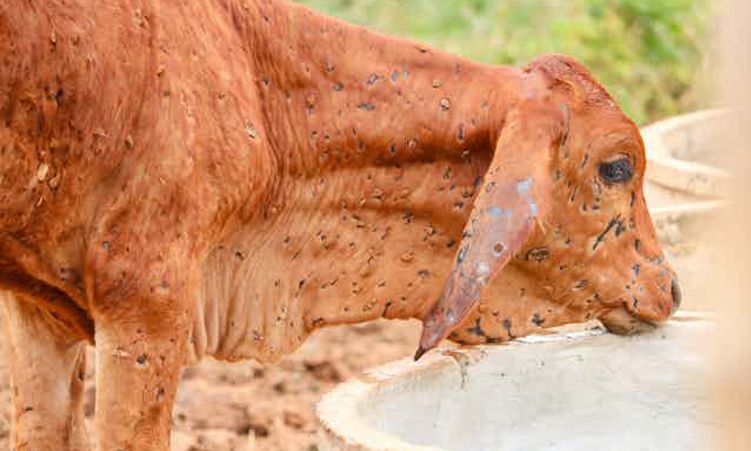A kudu carcass in the water at Avis Dam Nature Reserve, suspected to have died from rabies, is causing alarm in Windhoek.
Non-governmental organisation Greenspace says it has repeatedly sought the authorities’ assistance in removing the dead animal, but this has been unsuccessful so far.
“We have contacted the authorities about the matter on Friday and then again on Saturday. On Monday, the Ministry of Environment, Forestry and Tourism told us they would take care of it, but the cadaver is still there,” Vera Freyer, the chairperson of Greenspace, said yesterday.
“It is distressing that all our calls for help to the environment ministry, the Windhoek City Police, state vet and City of Windhoek to come and remove the kudu have not been successful.
“We are concerned that the situation could soon become a health hazard to people and dogs walking there,” she said.
According to Freyer, the police referred her to the environment ministry, who again referred her to the City of Windhoek, which was also unable to help.
Officials from the ministry told Greenspace staff that the ministry did not have the necessary equipment or rangers to remove the kudu at the time, she said.
Ministry spokesperson Romeo Muyunda could not be reached for comment yesterday.
A request for a comment via SMS remained unanswered at the time of going to print.
The dead kudu is most probably the same cow which was already seen in a sickly state last week, according to Freyer, who suspected rabies to be the cause of the animal’s death.
Freyer said Greenspace also faced the issue of a kudu carcass in August.
This carcass was removed by ministry staff without issue.
Freyer suspected that the location of the carcasses made the difference.
While the first carcass lay on the southern edge of the dam, which is easily accessible by car, the second kudu died in the shallow water on the northern edge, which vehicles can only access upon driving through the river bed.
“We could remove the carcass from the water ourselves,” Freyer said.
“But then it would lie in the sun, bloating and rotting.”
This would not be acceptable to visitors, she said.
She said it is the authorities’ responsibility to remove the carcass.
“We cannot shoulder this responsibility,” Freyer said.
Stay informed with The Namibian – your source for credible journalism. Get in-depth reporting and opinions for
only N$85 a month. Invest in journalism, invest in democracy –
Subscribe Now!










